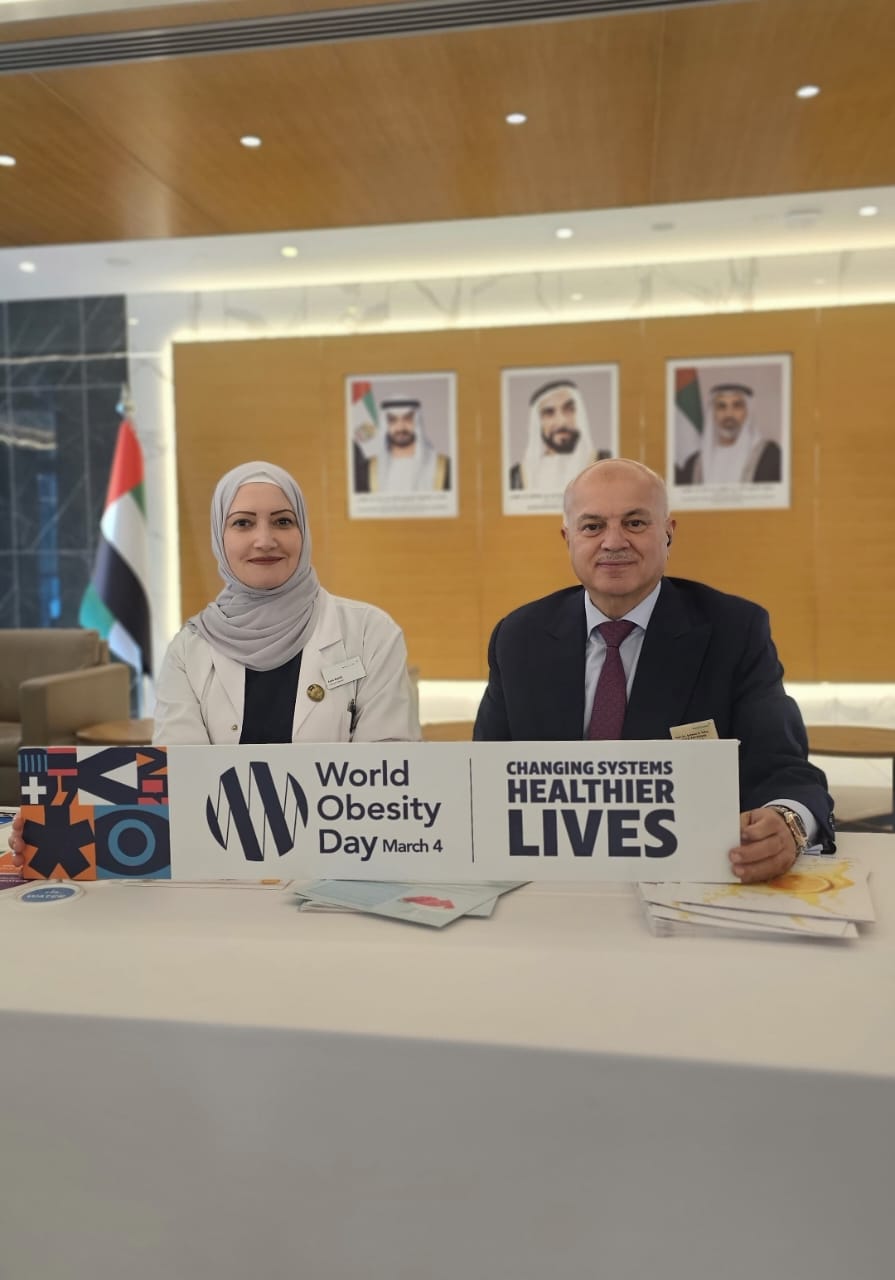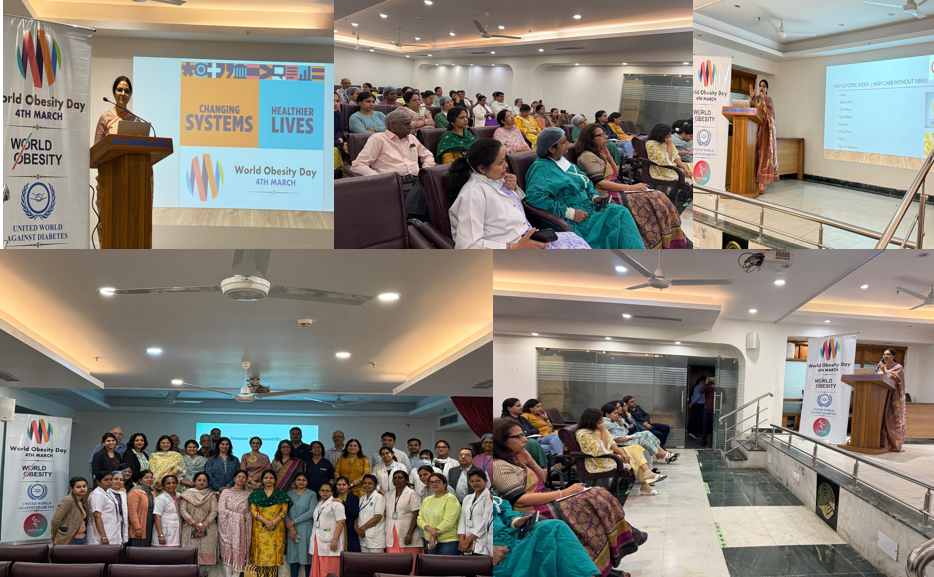Stories
Assessing the dietary risk of neighbourhood food outlets in Western Australia
For people to have healthy diets, they need access to affordable, safe, acceptable, healthy food, but this can vary according to which food outlets are available in a neighbourhood. Obesogenic food environments are common, and to make improvements we need to understand them better.
But to date, food environments have been assessed by looking at a limited number of food outlet types. Supermarkets or greengrocers are generally used as proxies for healthy food access, while fast food or takeaway outlets are proxies for unhealthy food access. This doesn’t capture the complexities of the situation.
In Australia, for example, 57% of total soft drinks sales and 48% of total snack foods sales were from supermarkets in 2017, while some Australian fast-food outlets provide healthful options such as fresh salad, wholemeal or wholegrain bread, and fresh fruit. Some food outlets have more influence overpopulation diets: for example, most Australians buy most of their food from just two supermarket chains. And some food outlets are very easy to access with long opening hours: for example, drive-through fast food outlets.
We had to find a more nuanced approach to summarise this complexity. That’s why we created a new dietary risk assessment tool to help score food outlets more accurately in our local area of Perth, Western Australia.
In 2018, the East Metropolitan Health Service (EMHS) started a pilot study to get a better picture of Perth’s food environments. We contacted the lead environmental health officers at each of the 13 local governments located in our catchment area, to collect details of registered food businesses. These included several types of outlets:
- Consumer-facing food retail (such as supermarkets, greengrocers) and foodservice outlets (such as cafes or takeaways)
- Food preparation businesses (such as food manufacturers or wholesalers)
- Charitable food provision (such as food pantries)
- Institutional food (such as school canteens, hospitals).
In total, we gathered information about 6963 food businesses, and the data were mapped and validated by Telethon Kids Institute researchers in a considerable piece of work that took several months. An updated dataset for the whole of Western Australia (138 local governments) will be collected by the institute this year.
To develop the Food Outlet Dietary Risk assessment tool, we needed to create a nutrition-focused assessment framework that considered a range of different factors – similar to established food safety risk assessment methods. We looked at the following factors in each outlet:
- The availability of nutrient-poor discretionary foods
- The availability of nutritious food
- The acceptability and appeal of discretionary foods
- The accessibility of discretionary foods (for example, does an outlet make impulse purchases likely?)
- The type of business operation (how much visibility and exposure does the outlet have in the community?)
- And complex food outlet considerations
Taken together, these factors more accurately define the dietary risk posed by different outlets. To test the feasibility of using the FODR, consumer-facing food outlets from one local government area have been assessed. The tool is being constantly refined to ensure it is fit for purpose when we roll it out more broadly. Our ultimate aim is to use the updated FODR tool to score all 4136 consumer-facing food outlets in our catchment area, to inform local government policies and interventions to improve health.
Story from the East Metropolitan Health Service. Read the full report into the FODR assessment tool here.




